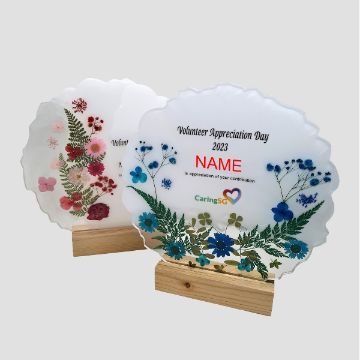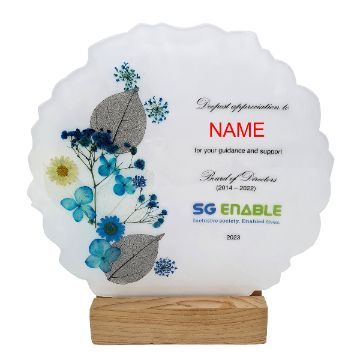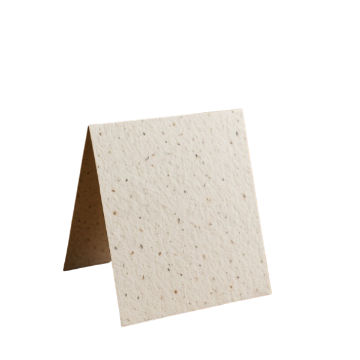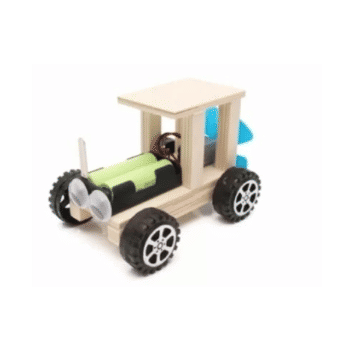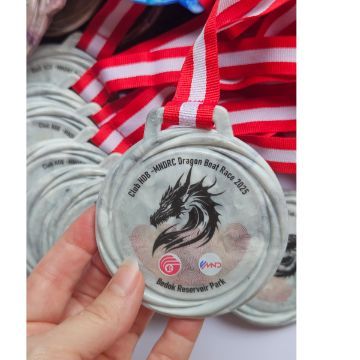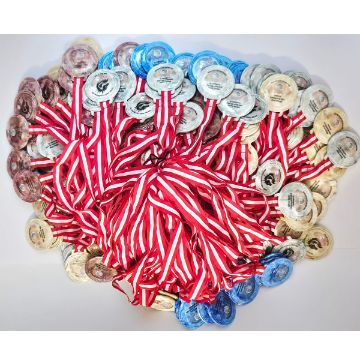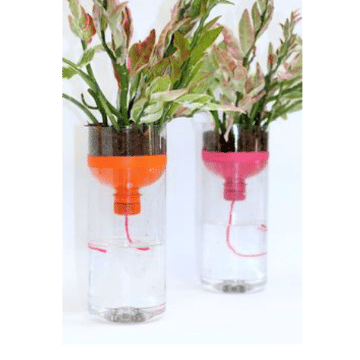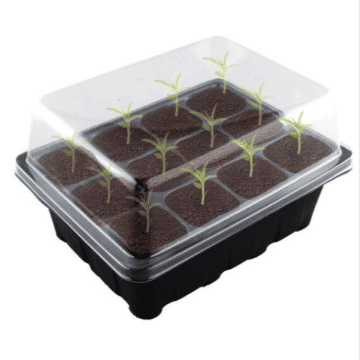Seed Paper Products are an impactful, eco-friendly way to share your message or brand—without creating waste and without cutting trees.
Whether you're using them as tent cards, business cards, name tags, invitations, or gift tags, each item is crafted from biodegradable paper embedded with wildflower or herb seeds, ready to be planted after use.
Perfect for eco-conscious events, meetings, corporate gatherings, or thoughtful gifting, these products help leave a lasting green impression.
Simply tear, plant in soil, and watch it bloom into beautiful plants.
A meaningful way to communicate with purpose—and grow lasting memories sustainably.








